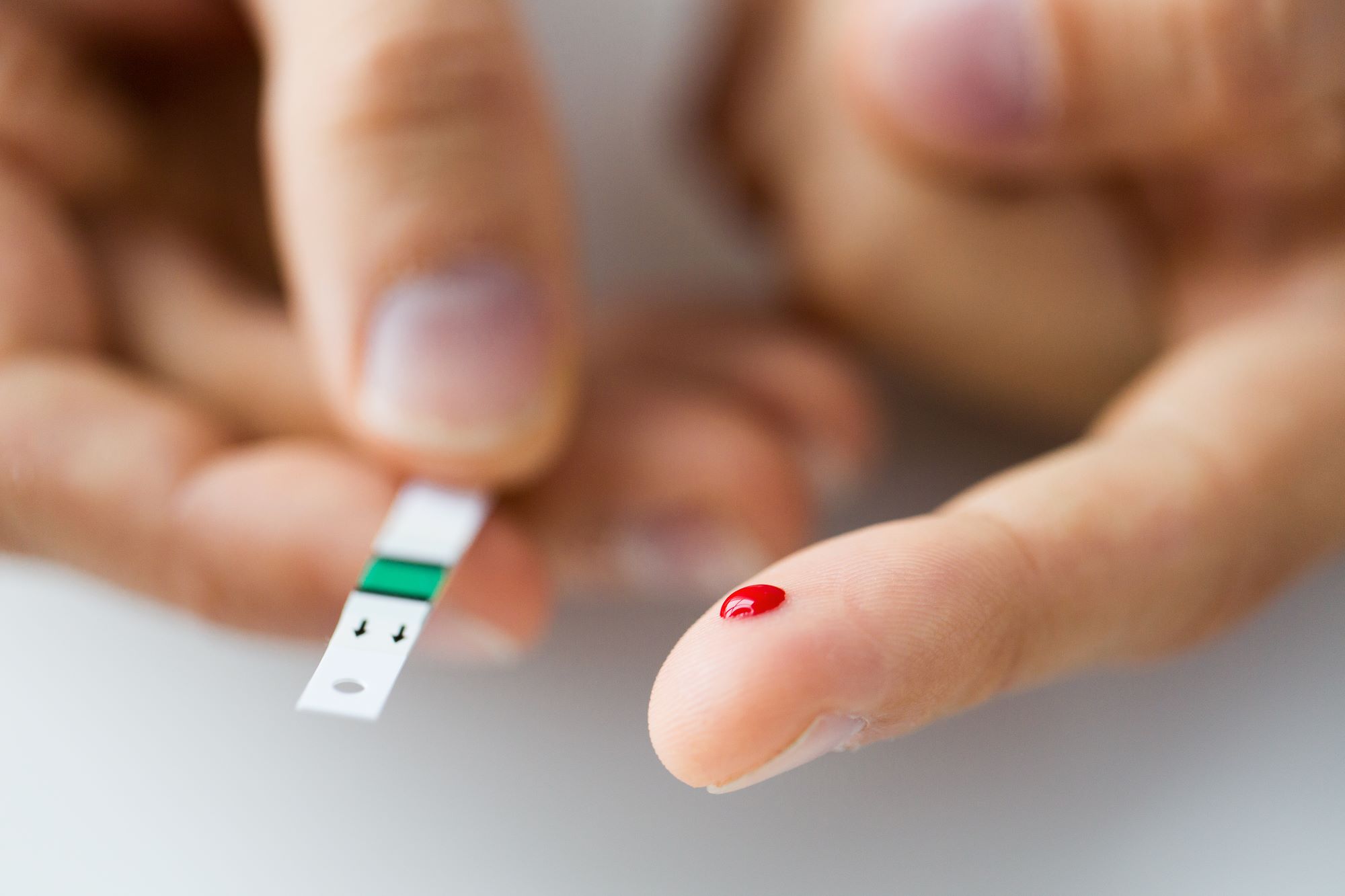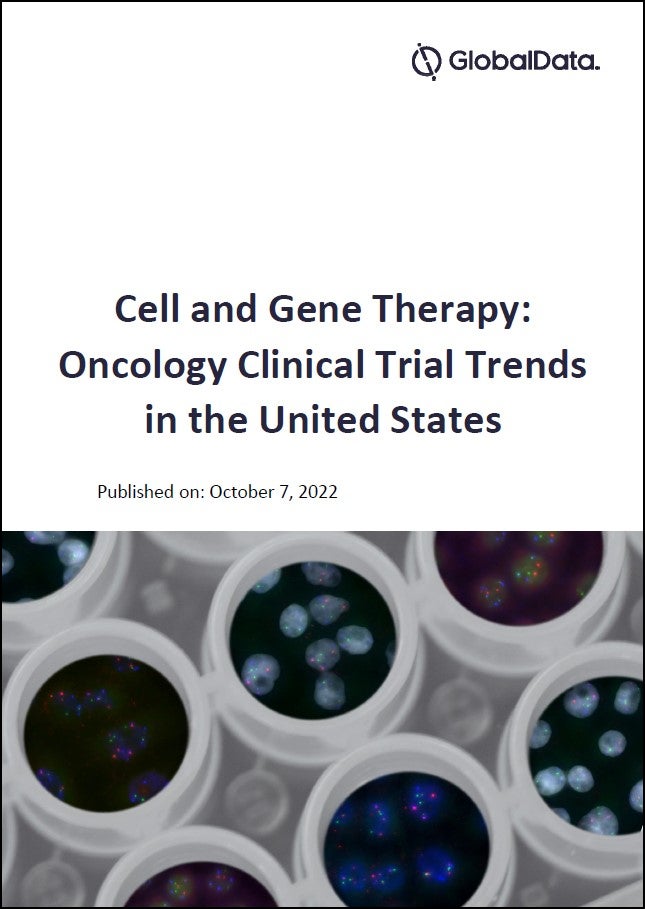
Vertex’s Stem Cell Therapy for Diabetes Cure
On Monday, Vertex Pharmaceuticals announced that the first Type 1 diabetes (T1D) patient to be dosed in the Phase I/II clinical trial of its investigational stem cell-derived therapy, VX-880, saw their need for insulin disappear almost entirely, marking a great stride in finding a cure for the lifelong disease. Neither the cause of T1D nor the means to prevent it are currently known.
The patient, who was diagnosed with T1D 40 years ago, was injected with a single infusion of the synthetic insulin-producing cells and after 90 days they were able to produce a steady flow of insulin and maintain their insulin production after eating.
How well do you really know your competitors?
Access the most comprehensive Company Profiles on the market, powered by GlobalData. Save hours of research. Gain competitive edge.

Thank you!
Your download email will arrive shortly
Not ready to buy yet? Download a free sample
We are confident about the unique quality of our Company Profiles. However, we want you to make the most beneficial decision for your business, so we offer a free sample that you can download by submitting the below form
By GlobalDataPreviously, in the year before receiving VX-880, this exogenous insulin-dependent patient had suffered five potentially life-threatening hypoglycaemic episodes.
Prior to treatment with VX-880, the patient’s insulin dose was 34 units per day and fasting and stimulated C-peptide levels were undetectable, indicating that the patient was not making their own insulin.
Notably, the patient was treated with half the target dose in conjunction with immunosuppressive therapy and still achieved successful engraftment and demonstrated rapid and robust improvements in multiple measures, including increases in fasting and stimulated C-peptide, improvements in glycaemic control, and decreases in exogenous insulin requirement.
The patient’s HbA1c, a metric for blood sugar levels, improved from 8.6% at baseline to 7.2%, and daily insulin dose decreased from 34 units per day prior to treatment with VX-880 to an average dose of 2.9 units per day over a seven-day period at the day 90 visit, reflecting a 91% decrease in daily exogenous insulin use.
Vertex’s islet cell replacement therapy
This is the first demonstration of a patient with T1D achieving robust restoration of islet cell function from such a cell therapy.
“These results from the first patient treated with VX-880 are unprecedented,” said Vertex executive vice president and chief of cell and genetic therapies Bastiano Sanna.
“What makes these results truly remarkable is that they were achieved with treatment at half the target dose. While still early, these results support the continued progression of our VX-880 clinical studies, as well as future studies using our encapsulated islet cells, which hold the potential to be used without the need for immunosuppression.”
Islet cells live on top of the pancreas and produce insulin. In TD1 these cells are destroyed by the immune system, causing the disease.
Since the early 90s, thousands of patients have been treated with islet cells from deceased donors but these donors are limited and the procedures’ performance varies as certain donors may have insufficient healthy cells.
A lab-grown alternative has been hailed as the optimal solution for reliability, scalability and effectiveness. Until now, such efforts have been largely unsuccessful.
It was the firm ViaCyte that first embedded synthetic cells into patients encased in a device in 2014. Unfortunately, most of the cells died and positive results in trials were few.
“As a surgeon who has worked in the field of islet cell transplantation for decades, this approach, which obviates the need for an organ donor, could be a game-changer,” said Massachusetts General Hospital professor of surgery and chief of the division of transplant surgery James Markmann. “We are excited to progress this unique and potentially transformative medicine through clinical trials and to patients.”
The path forward for VX-880
The data so far is only from one patient and Vertex plans to enrol around 17 into its early-stage trial. The inclusion criteria call for patients who have T1D with impaired hypoglycaemic awareness and severe hypoglycaemia. In its current form, VX-880 requires recipients to go on life-long immunosuppressants. Therefore the therapy’s risk-to-benefit ratio may only be viable for those with the severest form of the disease.
Based on this data, Vertex plans to continue to progress the Phase I/II program for VX-880. There are multiple active sites in the US, and the company’s Clinical Trial Application has been approved in Canada. To expand the therapy’s use potential, Vertex is also progressing IND-enabling studies for its encapsulated islet cell program, which would potentially eliminate the requirement for immunosuppression, and plans to file an investigational new drug (IND) application to the US Food and Drug Administration (FDA) for this programme in 2022.
“This approach involves a novel immunoprotective device intentionally designed to minimise foreign body reaction and protect islet viability, while allowing for sufficient sustained vascularisation through unique geometry and material choices,” a Vertex spokesperson told Clinical Trials Arena in a statement. “The device is not expected to require immunosuppression because its features are specifically designed to evade immune recognition.”
“More than a decade ago our lab had a vision for developing an islet cell replacement therapy to provide a functional cure to people suffering from T1D,” said Xander University Professor at Harvard and investigator of the Howard Hughes Medical Institute Doug Melton. “These promising results bring great hope that stem cell-derived, fully differentiated islet cells could deliver a life-changing therapy for people who suffer from the relentless life-long burden of T1D.”
Vertex acquired Melton’s company Semma for $950m in 2019.
Vertex and ViaCyte race for a T1D revolution
Also back in the T1D cell therapy race is ViaCyte, which is evaluating another version of its cell therapy in trials. The firm announced positive results of its own in June, demonstrating the first proof-of-concept for its islet cell replacement therapy, which prompted a patient’s HbA1c to drop from 7.4% to 6.6% at week 39.
The company that reaches the finish line first is set to crack open a multi-billion dollar market.
ViaCyte and Vertex’s therapies are “vastly different” and “not comparable”, according to Vertex CEO Reshma Kewalramani, as reported by Endpoints.
ViaCyte’s patient had less severe diabetes and the firm reported data after nine months compared to Vertex’s 90 days.
“What Vertex is doing is fundamentally different than any other approach in that we are making fully differentiated, allogeneic stem-cell derived islets,” the Vertex spokesperson explained. “These fully differentiated cells are ready to ‘get to work’ as soon as they’re infused. Nobody else is taking that approach and nobody else has shown results comparable to this first patient in our trial.”
For now, Vertex is still enrolling. The 17-person study protocol calls for two patients to be initially enrolled and examined for 90 days using a half-dose of VX-880 before the final 15 are dosed with the target dose. The company has not specified whether the second patient has been dosed.
A cure that could save lives and dollars
If successful, VX-880 has huge potential to transform the economic outlook of T1D both for patients and healthcare systems, particularly in the US where the cost of insulin is high and often requires patients to pay out of pocket.
“We believe our products have the potential to offer a fundamentally different value proposition than the current standard of care – insulin,” said the Vertex representative. “Our approach is expected to lead to a decrease in exogenous insulin use, therefore potentially impacting overall cost of care. The first patient treated experienced a 90%+ decrease in exogenous insulin use.”
“Our goal is to develop a one-time functional cure for Type 1 diabetes, and while these results are early, we’re very encouraged that we’re on the right track.”
“The cells that we have developed and are testing in this trial are the foundational component to allow us to hopefully treat the approximately 2.5 million people in the US and Europe who have T1D.”
This article was updated on 28/10/21 to add comments from a Vertex spokesperson.








